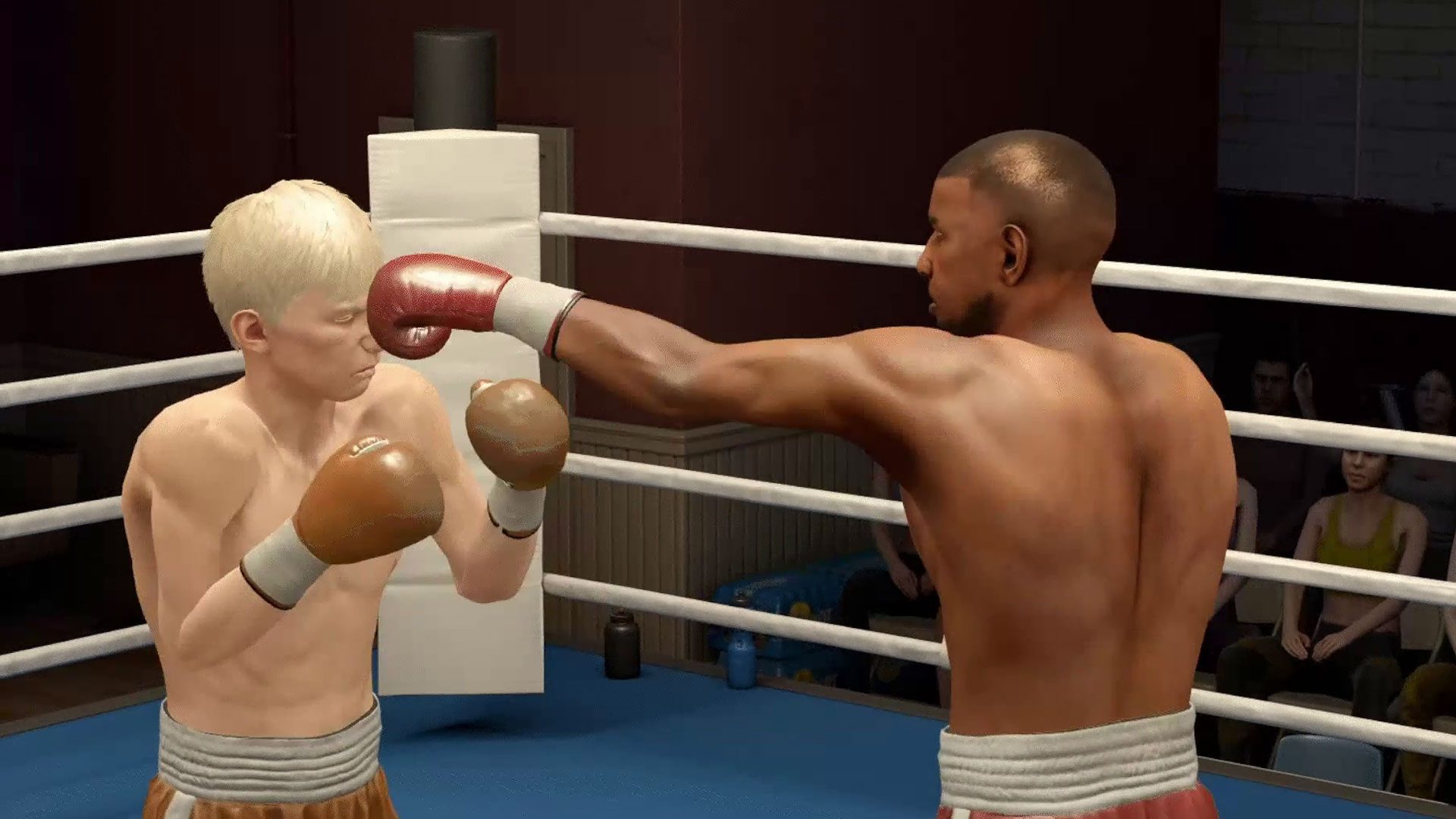Back in 2004, Phantom Brave made its debut on the PS2, but Nintendo fans might remember it from the 2009 Wii remake, Phantom Brave: We Meet Again, or perhaps its more recent appearance in Prinny Presents NIS Classics Volume 1 on the Nintendo Switch.
Whether you’ve already delved into this universe or not, there’s good reason to be excited about Phantom Brave: The Lost Hero’s upcoming release on the Switch, slated for January 30th. Even if this game hasn’t crossed your path before, it’s time to get ready if you’re a fan of strategy RPGs or enjoy the visual and storytelling style similar to Disgaea.
Last week, we had the opportunity to sit down with NIS America and Kento Jobana from the development team for an online preview and a Q&A session. As my initial encounter with the Phantom Brave series, I came away with several key takeaways, which I’m thrilled to share with you in the simplest way—bullet points.
Firstly, don’t worry if you’re new to Phantom Brave. Even though The Lost Hero revisits some characters from the original, it stands on its own as a unique adventure.
The storyline revolves around Marona, a spirited young explorer sailing across the oceanic realm of Ivoire. She offers assistance wherever needed, but when ghostly ships begin to menace the waters, Marona must gather a crew capable of stopping them.
Similar to many Nippon Ichi titles, you can expect a blend of lighthearted, humorous moments intertwined with a darker narrative undercurrent.
The developers have built this game with flexibility in mind. There are heaps of customizations available that might be a bit daunting for newcomers. Fortunately, you can choose a difficulty setting that lets you breeze through the story or compels you to dig deep into the game systems for a more challenging experience. Just keep in mind that once chosen, the difficulty can’t be altered.
The heart of customization lies in crafting characters from 51 distinct unit types, which influence what sort of shops you can establish for essential items. For example, a chef grants you the juice bar, an angler allows you to search for treasure, and an engineer enables the creation and enhancement of battle gadgets.
If you suddenly realize you lack the right unit for a particular map, you can whip up a new unit and level it up quickly with “juice points.” Just be mindful to save enough juice for those moments when you really need it.
Phantom Brave: The Lost Hero features some unconventional character types like cooks and musicians, each bringing unique abilities and attributes to the table. Discovering how to best employ these unit types in battle should prove to be one of the game’s most captivating elements.
But character customization doesn’t stop there. Players can also design ships for their characters to sail on, providing various bonuses, and create dungeons to explore for leveling up and uncovering one-of-a-kind items. Our demo didn’t delve too deeply into these processes, so how involved they are remains to be seen.
As for gameplay, the combat is turn-based on an isometric grid of varying sizes, according to the level. Characters can roam freely within a shrinking circle—the more you move, the smaller it gets. Once it’s the size of your character, movement is halted, although you can backtrack to explore alternative routes before committing to a move.
A standout feature is Marona’s ability to “confine” your created characters to objects in the circle, allowing you to animate them into playable units. Positioning isn’t just about offense; it’s about reaching a tree or tuft of grass that you can transform into one of your specialized characters. However, these characters have a limited lifespan in terms of the number of moves they can perform. You can even confine characters to gadgets like cannons—provided they’re not being used by foes.
Regarding performance on the Switch, I’m unable to comment as the preview was not conducted on Nintendo hardware. However, given the turn-based nature of combat and the well-organized menus, I anticipate it will translate smoothly to the Switch’s handheld mode.
Being new to Phantom Brave, the demo certainly offered a lot to digest, and I suspect there are more intriguing game aspects to explore before its launch on January 30th. The good news? A demo will be released beforehand, so you can experiment and see what it’s about.
In the meantime, for more on Phantom Brave: The Lost Hero, visit nisamerica.com/phantombrave-the-lost-hero/. Don’t forget to take a peek at the Limited Edition and Deluxe Edition physical copies while you’re there—they’re available for preorder now!







![[FREE Game Giveaway] Win Lost Records: Bloom and Rage for PlayStation 5 (NA Region) [FREE Game Giveaway] Win Lost Records: Bloom and Rage for PlayStation 5 (NA Region)](https://www.gamerlounge.co.uk/wp-content/uploads/2025/04/FREE-Game-Giveaway-Win-Lost-Records-Bloom-and-Rage-for-360x180.jpg)







































